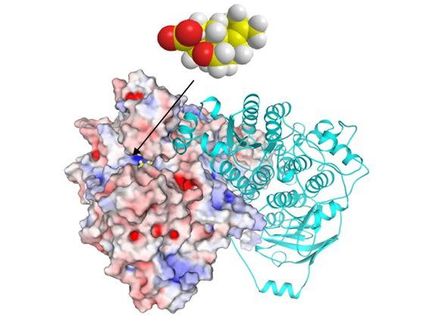Economic Impact Study Released on Minnesota Partnership for Biotechnology And Medical Genomics
Mid-Range Scenario Suggests 4,000 New Jobs and Nearly $300 Million Annually By 2010
Mayo Clinic and the University of Minnesota revealed findings of a report commissioned to study the economic impact of the Minnesota Partnership for biotechnology and Medical genomics. Members of the Minnesota Legislature were the first to hear about the economic potential of this Partnership through presentations to the House Jobs and Economic Development Finance Committee and to the Senate Environment and agriculture, Economic Development Budget Division.
Pittsburgh-based Tripp Umbach Healthcare Consulting, a leading provider of comprehensive economic impact analyses for health care providers, universities, public health organizations and governmental entities, conducted the study.
"As home to the University of Minnesota and Mayo Clinic, the state of Minnesota has the potential to become one of the fastest growing and most dynamic biomedical economies of the 21st century," Paul Umbach, principal author of the study, told legislators.
Mid-Range Projections
Assuming State support and policies that encourage business development and investment in Minnesota, Tripp Umbach conservatively projects that the economic activity generated by the Partnership could result in 4,000 net new direct and indirect jobs, and $290 million in overall new impact annually to the state of Minnesota by 2010. By 2015, the level of employment attributable to the Partnership could reach 7,400, and the annual economic impact could reach $546 million. Projecting to the year 2020 and beyond, total direct and indirect jobs could reach 12,400, and annual economic impact would be $934 million. The findings for all scenarios are predicated on the assumption that the State of Minnesota commits $70 million over five years to the Partnership.
The report's other key findings:
1. Nationally, competition is intense among states to develop viable biotech sectors. States are making biotech investments because of the future economic opportunity in this rapidly developing field -- and the potential is huge. 2. Minnesota currently is competitive in biotechnology and medical genomics because of the substantial investments already made by and scientific leadership of the University of Minnesota and Mayo Clinic, and private sector development by some Minnesota businesses. Yet achieving the maximum economic impact for the state of Minnesota in the biosciences will take a sustained commitment from the State, both members of the Partnership and the private sector. 3. Because of the narrowing window of opportunity to compete in the biotech field and the longer lead time required to achieve success, Minnesota must make investments today in order to yield the desired long-term economic benefits. Without a viable State biotech initiative, it is unlikely Minnesota will be able to compete with other states to emerge as a leader in biotech and medical genomics. Further, the absence of a State biotech initiative and long-term support exposes the University of Minnesota and Mayo Clinic to a drain of their scientific talent, NIH research grants, philanthropic- sponsored research and venture capital to other states that are aggressively building programs and a biotech infrastructure. 4. Minnesota clearly has an opportunity to emerge as a leader in biotechnology, and the future of biosciences development within the state is contingent on three major factors: * Ability of the University of Minnesota and Mayo Clinic to successfully engage their respective strengths into a synergistic research partnership. * Willingness of the state of Minnesota to help construct additional laboratory space. * The State's ability to appropriate a stable and sustained source of research funding to leverage existing research investments and attract new grants from other sources. 5. In addition, the State must resist the pressure to impose requirements, restrictions and/or costs that would render Minnesota noncompetitive and must support a favorable business and tax environment for existing biotech business expansion and new business formation.
Quantifiable economic impacts of the Partnership in a high-range scenario, which is predicated on the assumption that the State of Minnesota commits $70 million over five years to the Partnership and that the State provides direct capital, training grants, additional tax benefits and incentive packages, for example, include as many as 10,000 new direct and indirect jobs and an annual net new economic impact of $735 million by 2010. By 2015, the level of employment attributable to the Partnership could reach 20,000, and the annual economic impact could surpass $1.42 billion. Projecting ahead to the year 2020 and beyond, total direct and indirect jobs could reach nearly 35,000, with the total annual economic impact surpassing $2.57 billion.
"The report findings, that Minnesota has great potential to emerge as a leader in the biosciences, are very encouraging," said Hugh Smith, M.D., chair of Mayo Clinic's Board of Governors. "Based on the investments Mayo Clinic and the University of Minnesota have made in biotechnology and medical genomics, and with the support of our legislative leaders, the Partnership will make a significant impact -- economically, scientifically and medically -- on the lives of Minnesotans."
"As we have seen in the months since the Partnership was unveiled, this collaboration truly is greater than the sum of its parts," said Frank Cerra, M.D., senior vice president for health sciences at the University of Minnesota Academic Health Center. "Joint research projects are underway between scientists and clinicians at Mayo and the University, and we believe this report validates what Minnesota can expect from the Partnership with a long- term commitment from the State."



























































